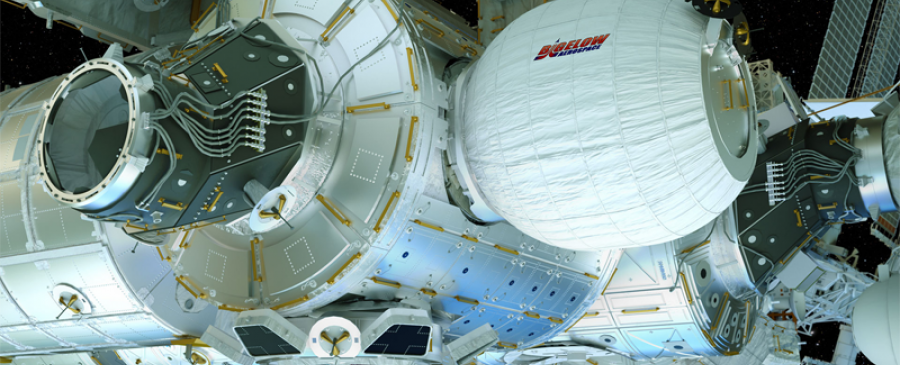07
Sep
At the end of May, astronauts on the International Space Station (ISS) were able to install a new module to the station—by just inflating it! This new addition, known as the BEAM (Bigelow Expandable Activity Module) is the first of its kind when it comes to inflatable habitat technology. Delivered to the station at the beginning of April the BEAM has deflated dimensions of 2.16 meters (7.09 feet) in length and 2.36 meters (7.75 feet) in diameter but has now grown to a whopping 4.15 meters (13.16 feet) in length and 3.2 meters (10.5 feet ) in diameter.
